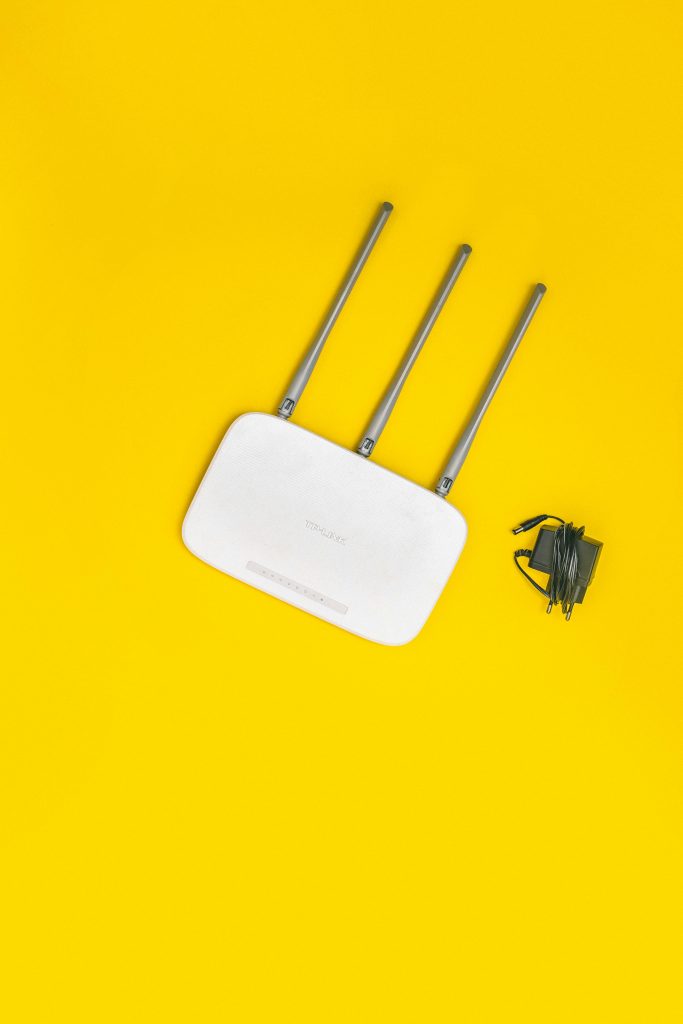Troubleshooting an Unexpected Language Keyboard on Your Windows PC
Hello everyone,
Have you ever encountered an unexpected surprise on your Windows PC, such as a foreign language keyboard that seems to have appeared out of nowhere? I recently faced this issue when my system added an English (United Arab Emirates) keyboard layout without any prior action on my part. As it turns out, this can be quite an annoying glitch, especially when it seems difficult to remove.
First, let’s explore how such a keyboard layout might appear on your system. This can happen due to various reasons, such as system updates, accidental settings changes, or software installations that modify your language preferences. The good news is that you can regain control and remove the unnecessary layout.
Here’s a step-by-step guide on how to remove the unwanted language keyboard from your Windows 10 PC:
Step 1: Access Settings
- Click on the Start Menu at the bottom left corner of your screen.
- Select ‘Settings’, which looks like a gear icon.
Step 2: Navigate to Time & Language
- In the Settings window, look for ‘Time & Language’ and click on it.
- Once there, navigate to the ‘Language’ section in the left-hand menu.
Step 3: Manage Your Language Preferences
- Under the ‘Preferred Languages’ section, you should see a list of languages installed on your PC.
- Click on the language you want to modify or remove (in this case, English [United Arab Emirates]), and then click on ‘Options’.
Step 4: Remove the Keyboard Layout
- In the Options menu, you will see various keyboard layouts associated with the selected language.
- If you find the English (United Arab Emirates) keyboard listed, simply click on it and select ‘Remove’.
Final Check
- Return to the main Language settings and confirm that the unwanted keyboard layout has been successfully removed.
If you can’t find the layout there or it’s still not disappearing, consider restarting your PC after making the changes. Sometimes, a reboot can help reset any lingering settings.
Conclusion
Experiencing unexpected changes on your computer can be frustrating, but with a few simple adjustments in the settings, you can easily regain control. If anyone else has faced a similar issue or has additional tips, please feel free to share!
Happy computing!
Share this content:




Thank you for sharing this detailed troubleshooting guide. If you’re still experiencing issues with the unwanted language keyboard remaining after following these steps, here are a few additional tips:
Remember to reboot your system after making these adjustments, as changes may not take full effect until a restart. If the issue persists, checking for Windows updates or performing a system scan to rule out underlying glitches might also be beneficial.
If you need further assistance, feel free to provide specific details about your Windows version and any error messages encountered. We’re here to help ensure